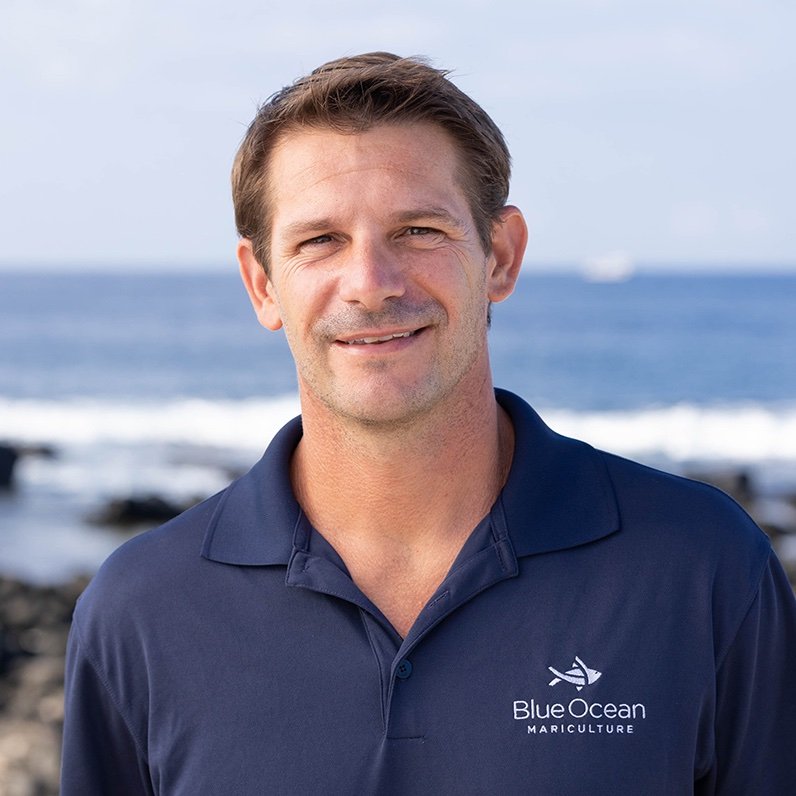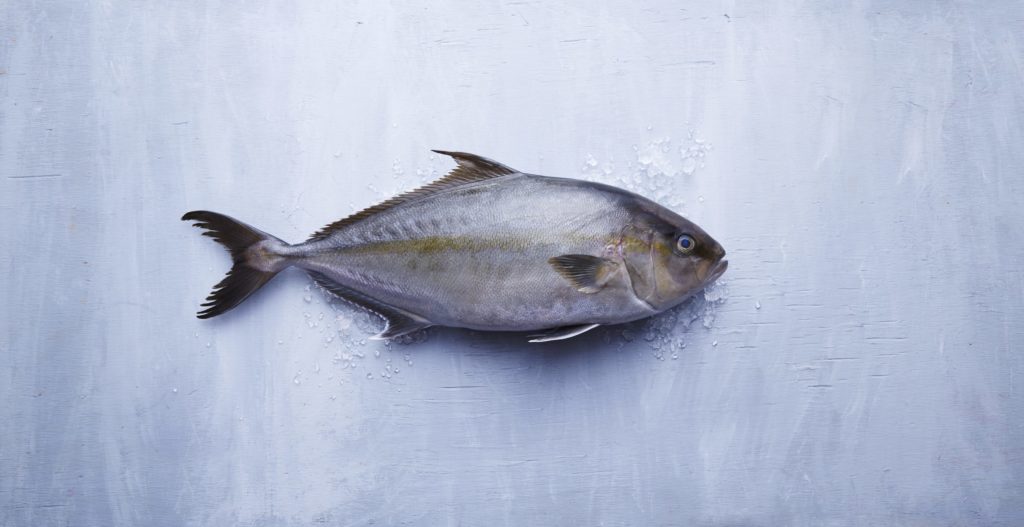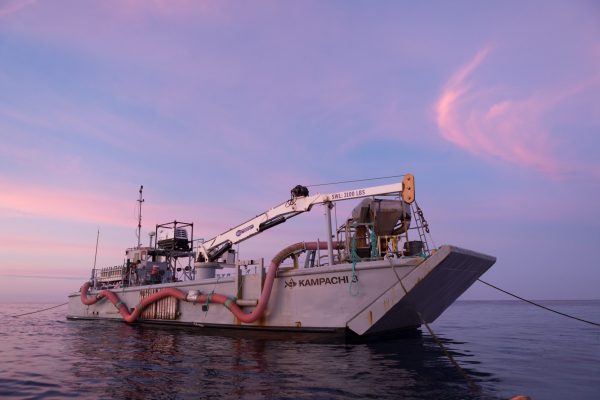Members of the Alliance Global Hub represent a diversity of geographies, expertise, and approaches to creating solutions for seafood’s biggest challenges. They do however have one important thing in common: they believe that we do more when we work together.
It’s no surprise then that two Alliance Annual Sponsors, Aquaculture Stewardship Council (ASC) and Blue Ocean Mariculture, are working together to bring responsibly raised seafood to plates around the world. Blue Ocean Mariculture, like other ASC-certified farmers, cares deeply about the impact they have on people and our planet. That’s why they choose to adopt ASC’s standards.
To celebrate their efforts and bring more transparency to the process of fish farming, ASC talked with Tyler Korte, Vice President of Marine Operations at Blue Ocean Mariculture. Located in Kona, Hawaii, Blue Ocean Mariculture is the first finfish farm to gain ASC certification in the U.S. Korte shared insights on how the offshore farm works with Mother Nature to raise premier kanpachi and why it’s worth the extra effort to produce this seafood in a more responsible way.

ASC: How did you get involved with Blue Ocean Mariculture and the aquaculture industry?
TK: I taught marine ecology for 10 years, which included several courses on sustainable fishing practices and how aquaculture is shaping the future of seafood. One day, I flew to Kona for a visit and knew immediately it was time to change careers. Working at Blue Ocean Mariculture offers an amazing opportunity to be a mariner, farmer, and scientist all at once. Each day is full of new challenges that require us to be innovative, resilient, and passionate about finding a better way.

ASC: What types of seafood do you raise?
TK: We raise Hawaii Kanpachi™, a species native to Hawaii that’s also found around the globe in tropical and subtropical waters. It takes about 14-15 months to grow them from hatch to harvest. Kanpachi is known by chefs for its fresh and subtle flavors. It’s also amazingly versatile. Most of the time I eat it raw as sashimi or in sushi, but my favorite way to enjoy it is kanpachi kama, which is a grilled kanpachi collar served with ponzu sauce. Either way, it has incredible flavor.
ASC: Why did Blue Ocean Mariculture decide to become ASC certified?
TK: We’re dedicated to producing responsibly grown seafood, promoting healthy oceans, and contributing to vibrant communities. The ASC certification standards are a wonderful tool to ensure that our decisions and best practices have a positive impact on our customers and waters. Attaining ASC certification not only reminds our team that we are on the right course, but it’s also a symbol to the seafood community that Blue Ocean Mariculture is committed to excellence.

ASC: What’s a typical day like at the offshore farm?
TK: We start with a team gathering at the break of dawn to prepare for the day ahead. The vessels and equipment go through their morning inspections and startup routines while we check our dive gear. By 7:30 a.m., the boats leave the harbor to make the seven-mile trip up the coast to the farm site.
At the farm, things are quiet on the surface. All the net pens have been submerged for the night to give the fish space, good water quality, and protection from any storms that passed through. Underwater it’s a different story because the fish are ready to eat. We pull up the first cage, and the observation team hits the water as the operator starts the feed. Divers spend 30-40 minutes during the feeding event watching the fish behavior and communicating the actions of the fish to the surface. These observations are essential to ensure that all the fish are well fed without losing any of their nutrition to the surrounding waters.
After each feeding, the team utilizes the sea station to lift half of the net pen up and out of the water. This allows us to inspect and dry the top half of the pen, which is essential for the health and care of the fish. Our production team repeats this process for all eight sea stations across the farm to ensure each fish cohort is well fed and that their habitats are clean and secure.
Meanwhile, on the other side of the farm, the operations team performs the harvest. The harvest vessel is secured next to the sea station containing our most mature fish cohort. Our dive team connects a pipe between the ship and the harvest system inside the pen. By 10 a.m., everything is secured. The team raises the cage out of the sea to capture and bring the fish aboard. The sealift harvest system allows our team to selectively pull kanpachi to order, ensuring that every customer is receiving freshly harvested fish. This efficient and humane system is designed to minimize disturbance to the fish not being harvested. It’s a unique technology that delivers 2,000 delicious Hawaiian Kanpachi™ in less than an hour using only compressed air.
At mid-day, the operations crew heads to port with 12,000 lbs. of kanpachi ready for market. Harvesting happens twice each week. Working in this environment is no easy task, and each day presents new challenges, but all the work is worth it to raise our kanpachi. The strong pristine waters of Hawaii that flow through our site are what create the unique meroir of Hawaiian Kanpachi™ that puts it in a class of its own.
Learn more about Blue Ocean Mariculture’s Hawaii Kanpachi™ here and get to know ASC’s sea-green label here.
For more information about supporting the Alliance’s work by becoming an Annual Sponsor like ASC and Blue Ocean Mariculture, click here.
All images courtesy of Blue Ocean Mariculture.

